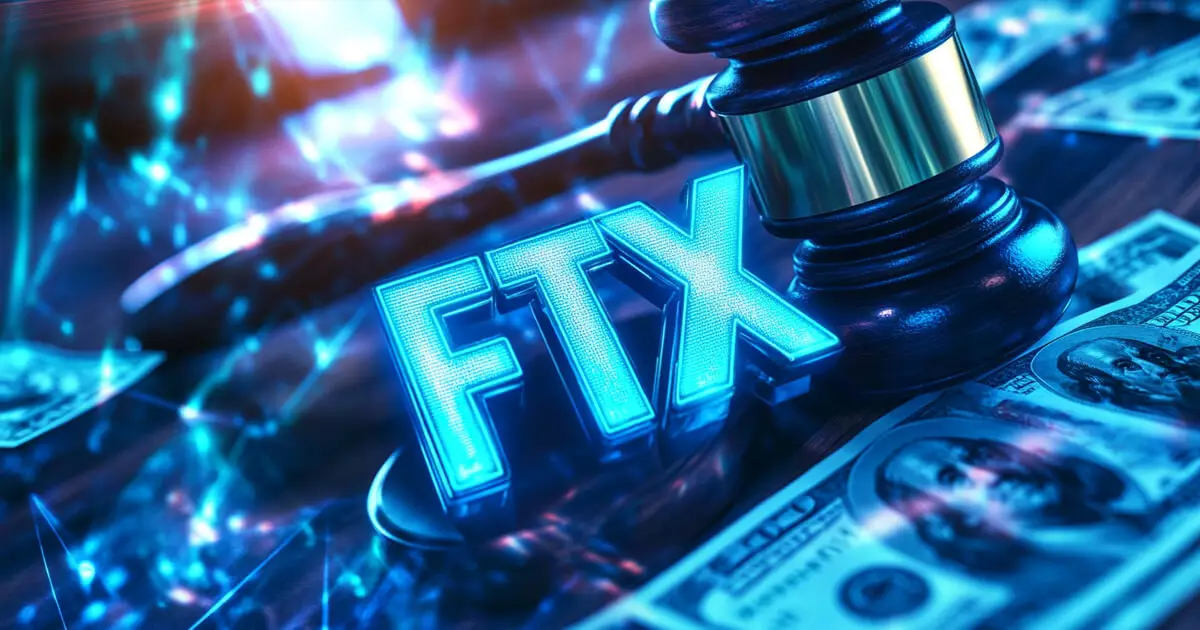FTX, once a prominent cryptocurrency exchange, is now focused on recovering from its well-publicized collapse in November 2022. The company and its affiliated debtors have announced a promising timeline for the implementation of their Chapter 11 Plan of Reorganization, which is expected to roll out by January 2025. This timeline signifies not only hope for the firm but also a structured approach toward securing financial restitution for its creditors and customers.
The strategic planning disclosed by FTX indicates that significant preparatory work is underway. In December, the company aims to finalize arrangements with specialized distribution agents, a pivotal step that would allow customers in selected jurisdictions to create accounts through the renewed customer portal. Such actions have the potential to restore trust among stakeholders who have faced immense uncertainties following the company’s dramatic descent into bankruptcy.
As part of the reorganization process, FTX is set to disclose the specific date for customer reimbursements in December, contingent upon court approval of the Disputed Claims Reserve Amount. Initial distributions are slated to commence in January 2025, particularly focusing on holders classified within the Convenience Classes. This targeted and timely approach is expected to create a clear pathway for delivering funds back to users who experienced financial loss during the FTX debacle.
John J. Ray III, FTX’s CEO, conveyed optimism regarding the timeline, emphasizing the dedicated efforts of their professional team in securing billions of dollars for the benefit of creditors and customers alike. His statement underscores a commitment to accountability and transparency, which will be essential in rebuilding FTX’s reputation going forward.
A critical component in this recovery plan is the recent endorsement from US Bankruptcy Judge John Dorsey, who approved a comprehensive $16.5 billion recovery strategy. This decision highlights a judicial acknowledgment of FTX’s attempts to strategize its comeback while seeking to balance the interests of various stakeholders. The plan prioritizes customer claims, asserting the importance of restoring trust by addressing the needs of those most affected by the exchange’s collapse.
The financial recovery is complex and may fluctuate, with projections suggesting a potential total of $16.5 billion available for distribution that could diminish to approximately $14.7 billion following cash conversion. This careful assessment reveals the implications of both operational and market factors that can impact the final restitution amounts.
The collapse of FTX serves as a stark reminder of the vulnerabilities within the cryptocurrency space, emphasizing the critical need for regulatory oversight and responsible financial practices. The fallout from FTX left around 9 million customers and investors grappling with substantial losses—an urgent call for reforms in governance and operational transparency in the cryptocurrency sector.
As FTX navigates its reorganization and seeks to repay its users, it stands at a crossroads, faced with the challenge of regaining credibility. The future hinges not only on the successful implementation of this recovery plan but also on the company’s ability to foster a culture of integrity and compliance to prevent similar mishaps in the ever-evolving landscape of digital finance.

